As an active member of the SENSE consortium, GEYC contributed directly to shaping the event’s participatory elements. Our team was represented by the Head of Entrepreneurship and Employability and the Romanian project manager of SENSE., Adelina Dragomir, our Vice President on Digital, Teodora Akinola and our Vice President on Youth, Natanael Iriciuc who were involved in different stages of the SENSE. project throughout the project's lifetime. Adelina co-facilitated the interactive session "Connecting Visions and Forging Innovation," ensuring that youth voice, non-formal education and employability pathways were central to the dialogue on the future of STE(A)M education in Europe.
Maria Mecenero, Policy Officer at DG RTD, opened the event by emphasizing that Europe’s leadership in research and innovation depends on inclusive, high-quality education. She called for a shift toward creativity, collaboration, and societal purpose as essential skills for the green and digital transitions. Francesca Maltauro, Deputy Head of Unit for Digital Education at the European Commission, delivered the keynote, presenting the three pillars of the STEAM Education Strategic Plan: Lead, Level Up, and Lift Barriers. She stressed the urgency of embedding STEAM in policy, increasing female participation, and linking education to real-world applications. Initiatives such as Girls Go STEM and a dedicated STEAM Week were highlighted as steps toward greater inclusion, equity, and creativity in learning.
Participatory Parallel SessionsThe three parallel sessions each tackled a different angle of STE(A)M integration. The SENSE. session focused on the role of space, both physical and social, in shaping inclusive educational practices. Through participatory exercises, the session explored how diverse sensory experiences and spatial awareness can inform more equitable learning environments. In the SEER session, participants addressed primary teachers' STEM-related anxieties, integration barriers in secondary education, and the disconnect with industry. Discussions aligned with SEER’s roadmap for systemic reform through cross-sector collaboration. Meanwhile, the Road-STEAMer session used its conceptual mapping framework to examine how creativity, collaboration, equity, and real-world relevance manifest across different European STEAM projects.
Co-facilitated by the SENSE. team with support from its consortium members, including GEYC, this open-format session invited participants to move freely among seven thematic discussion stations. Each station tackled a key theme, from gender inclusion to cultural institutions, while one remained open for spontaneous ideas. GEYC’s Head of Entrepreneurship and Employability, Adelina Dragomir, co-facilitated this lively session, ensuring youth voices were integrated. The session captured the spirit of co-creation, resulting in a collective wrap-up that synthesized insights into a shared vision for future STE(A)M education.
Closing Statements
Representatives from each project shared final reflections: Francesco Mureddu (Road-STEAMer), Prof. Lydia Schulze Heuling (SENSE), and Agueda Gras-Velazquez (SEER), alongside Roberta Monachello from the European Research Executive Agency. They reaffirmed the event’s goal: aligning innovative practices with European policy and launching a long-term, systemic approach to inclusive and creative STE(A)M education.
- A Shared Vision for STE(A)M Integration - The event reaffirmed the need for a coordinated European approach to STE(A)M education, built on shared values of inclusion, creativity and relevance. The three roadmaps demonstrated that while approaches may vary, the destination is common: a more integrated, equitable and future-oriented education system.
- Bridging Practice and Policy - Discussions throughout the event highlighted the importance of aligning grassroots innovation with policy frameworks at national and EU levels. From classroom-level experimentation to strategic planning, the STE(A)M Atlas showcased how local initiatives can inform system-wide transformation when supported by coherent governance and funding structures.
- Creativity as Core Competency - Across plenaries and workshops, participants consistently stressed that creativity must be at the heart of STE(A)M, not as a supplement but as a core pedagogical focus. The “A” in STE(A)M was validated not only as a symbol of artistic integration but as a driver of critical thinking, collaboration and emotional engagement.
- Inclusive Talent Pipelines Are Essential - Equity was a central theme, with attention given to gender gaps, underrepresented learners and systemic access barriers. The event reinforced the urgency of rethinking recruitment, retention and recognition across the STE(A)M ecosystem to ensure diverse learners can thrive from school to the labor market.
- The Atlas as a Launchpad - Rather than marking a conclusion, the event positioned the STE(A)M Atlas as a launchpad for future action. Participants left with renewed commitment to cross-sector collaboration, empowered by tools, roadmaps and community connections that will shape the next phase of Europe’s STE(A)M journey.




